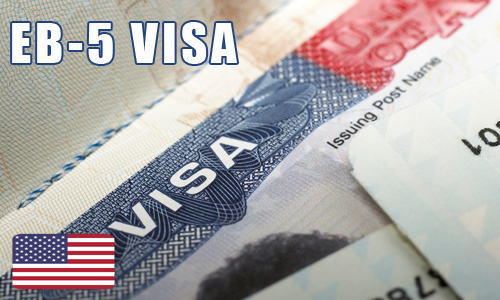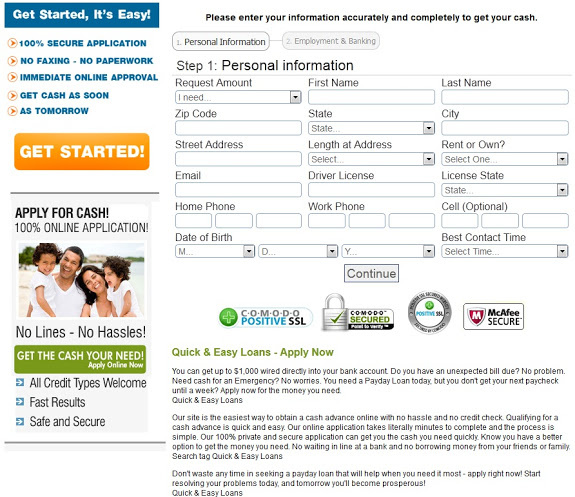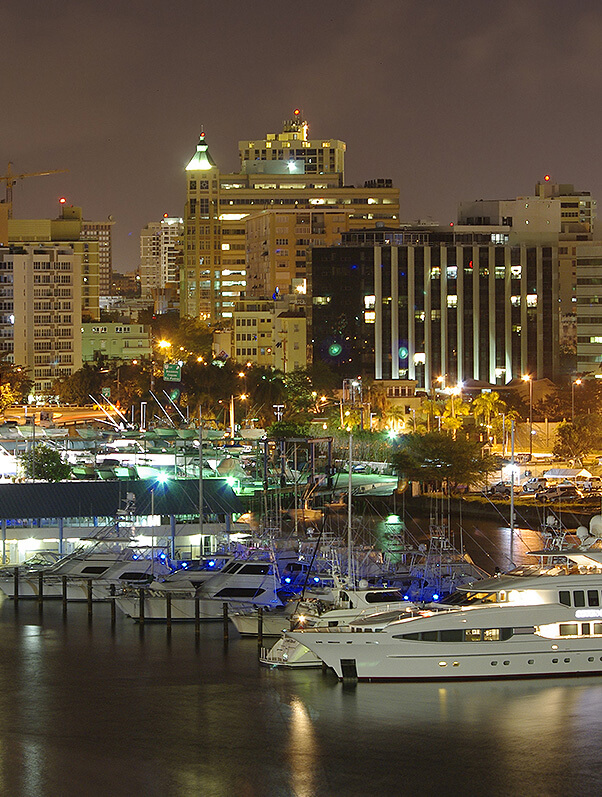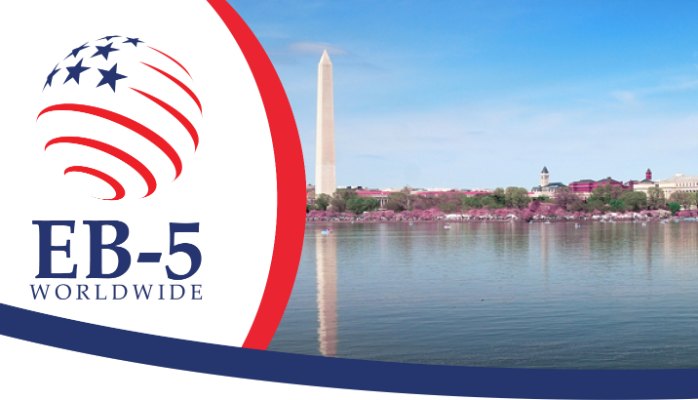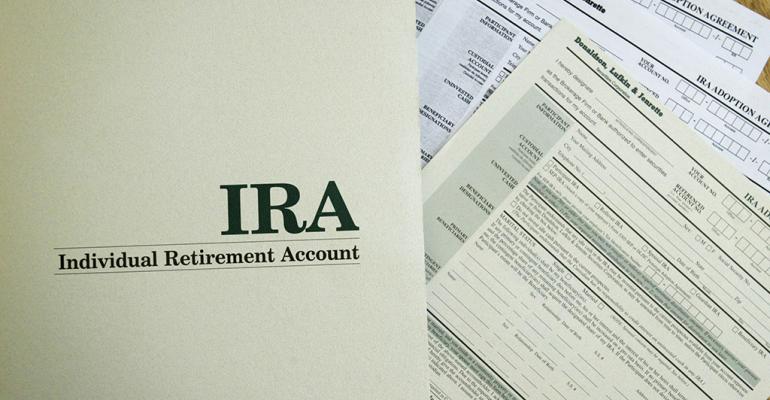Offshore Bank Accounts, Foreign Residency, and Asset Protection from South Africa
High net worth South Africans are under attack from all sides… again. This time it may turn into a full blown civil war. At the very least, your assets and safety are at risk. Here’s how to move you and your cash out of South Africa and to negotiate a second residency.
A passport from South Africa is still a great business and banking tool. You don’t have the tax reporting problems we Americans do and you’re not on any of the restricted or prohibited country lists. You can open accounts at most offshore banks relatively easily.
- For a list of restricted and prohibited countries, see: Opening an offshore bank account from a restricted country
This means you can qualify for just about every second passport and foreign residency program, as well as open accounts around the world. We have been working with citizens from South Africa for years and will be happy to assist you.
Before I get into what you’ll need to do to open an offshore account as a citizen of South Africa, let me point out that your status might change.
The demand for offshore bank accounts and second residencies has spiked in the last couple of weeks. Where we used to get 1 or 2 inquiries a month from South Africa, we’re now getting 10 or 12 per day.
The problem with this is that countries and banks will begin to put a cap on transactions. They don’t want to get over exposed to any one country. And, whenever world events creates a rush to the exit, some will block movement for political reasons.
If you want to be sure to be approved for residency or an offshore bank account from South Africa, you need to be at the front of the line. There are sure to be some who are unable to get through the que… some will certainly be left behind.
With that said, here’s how to open an offshore bank account, get residency in a foreign country, and build an asset protection structure for citizens of South Africa.
Let me start with an offshore bank account. Because you have a solid passport (for banking anyway), you can open an international bank account in a number of jurisdictions. In most cases, the country will depend on the size of the account.
For example, to open in Switzerland or Andorra, you’ll need $2.5 million or more. These are managed investment accounts where a Swiss investment advisor manages the account per your instructions.
For smaller accounts, you can open in Cook Islands with a deposit of $20,000. In Belize, the minimum is $5,000. However, the fee structure in Belize makes it difficult to open an account with less than $10,000.
These accounts can be in your name or in the name of an offshore structure. For basic asset protection I recommend a Nevis LLC for citizens of South Africa because this is the easiest jurisdiction to deal with from your country.
For larger accounts, and to cover both estate planning and asset protection, I recommend a Cook Island trust. This structure provides maximum protection and the Cook Islands has a lot of experience in dealing with South African clients.
Now on to second residencies. By far the best option for citizens of South Africa is Panama’s friendly nations reforestation program. Because of the passport you hold, you can get residency in Panama with an investment of only $20,000. Those from nations that don’t have an agreement with Panama pay about $110,000 for the same residency permit.
Residency allows you to live, operate a business, and bank in Panama. As a resident, you can buy and rent property and will have access to all the banks in the country. Panama is a world class economic hub and this residency is very valuable for citizens of South Africa.
After 5 years of residency in Panama you can apply for a citizenship and a second passport. Your South African passport gives you visa free travel to 98 countries and doesn’t include the Schengen Region of the European Union.
Panama gives you visa free to 128, including the EU and makes it easy to get a 10 year visa to the United States. Panama is a major upgrade to your South African passport.
If you can’t wait the 5 years for a Panama passport, take a look at Nicaragua. This program requires an investment of $35,000 and you can apply for citizenship after two years. For more, see: The Best Second Residency Program in 2017.
Finally, if you can’t even wait the two years for Nicaragua, and you have about $135,000 to spend, you can buy a passport from St. Lucia. This country is very experienced in handling cases from South Africa and you should have your passport in hand about 90 days.
For more on St. Lucia, see: Changes to the St. Lucia Second Passport Program in 2017
I hope you’ve found this article on how to open an offshore bank account, get residency in a foreign country, and build an asset protection structure for citizens of South Africa to be helpful. For more information, please contact us at info@premieroffshore.com or call (619) 483-1708.





